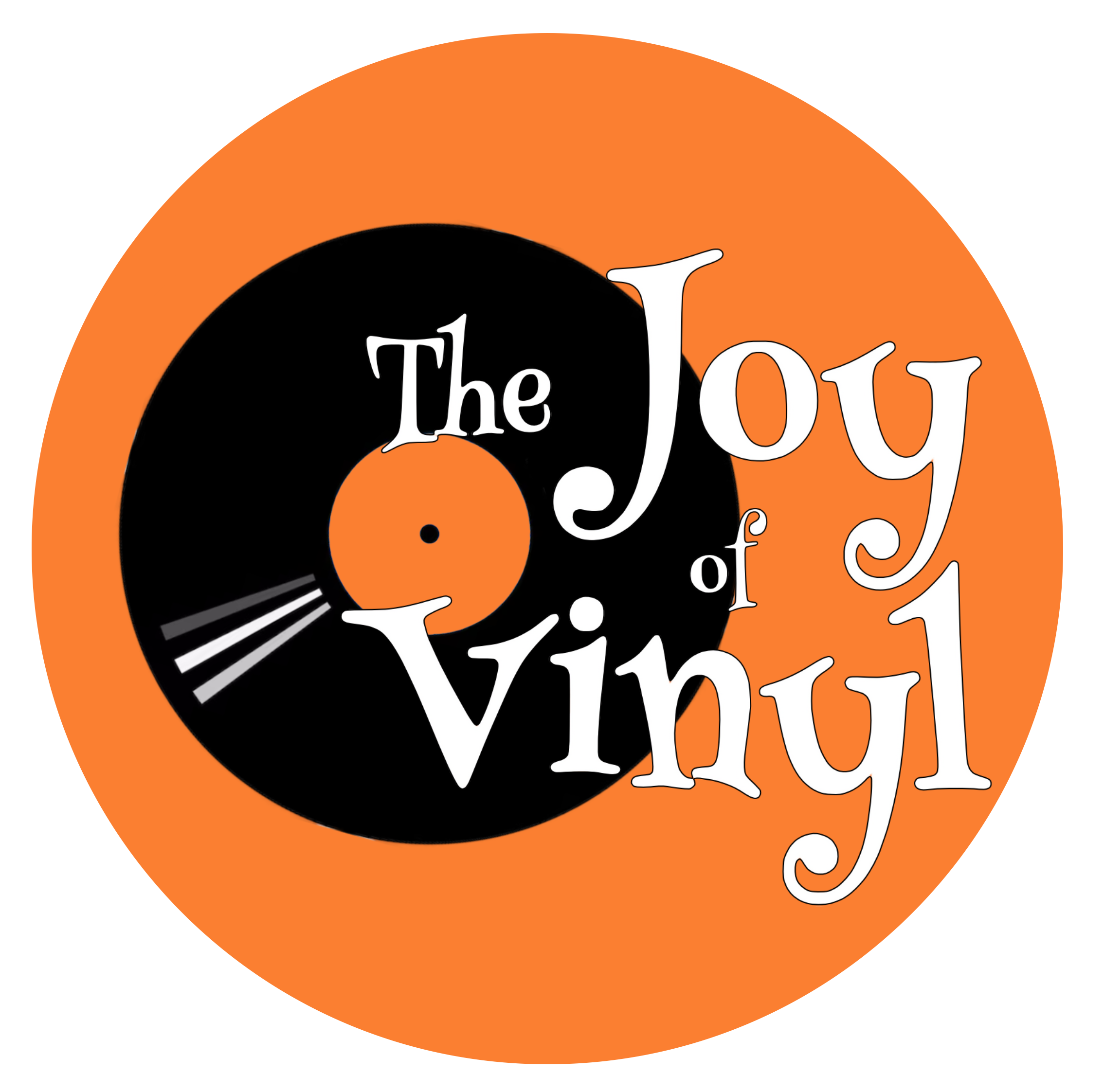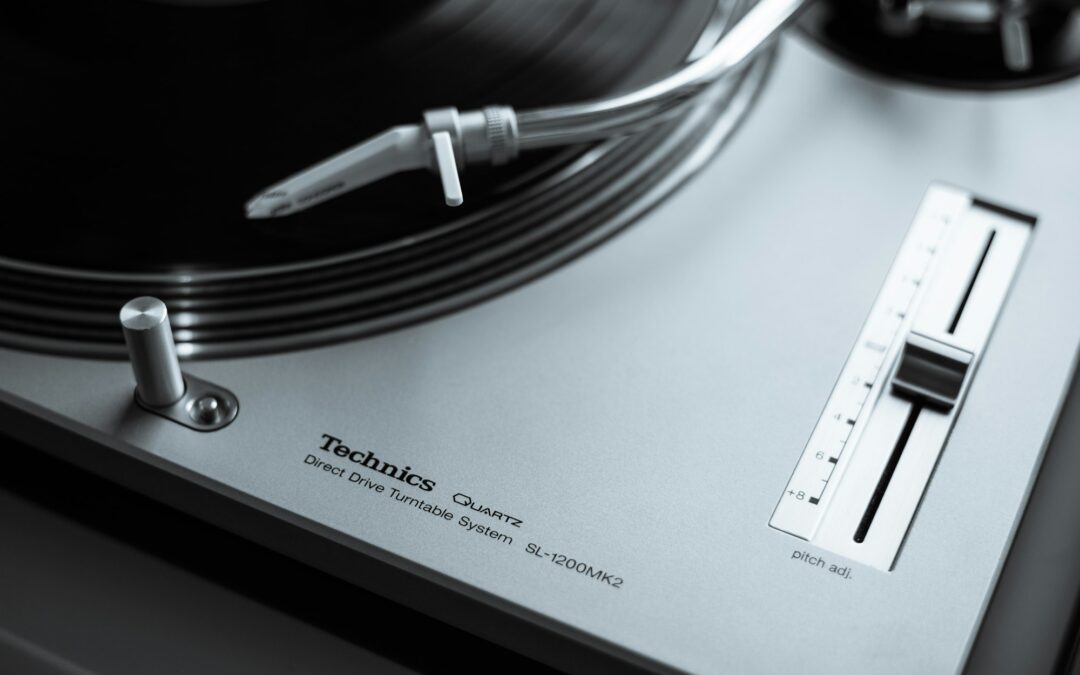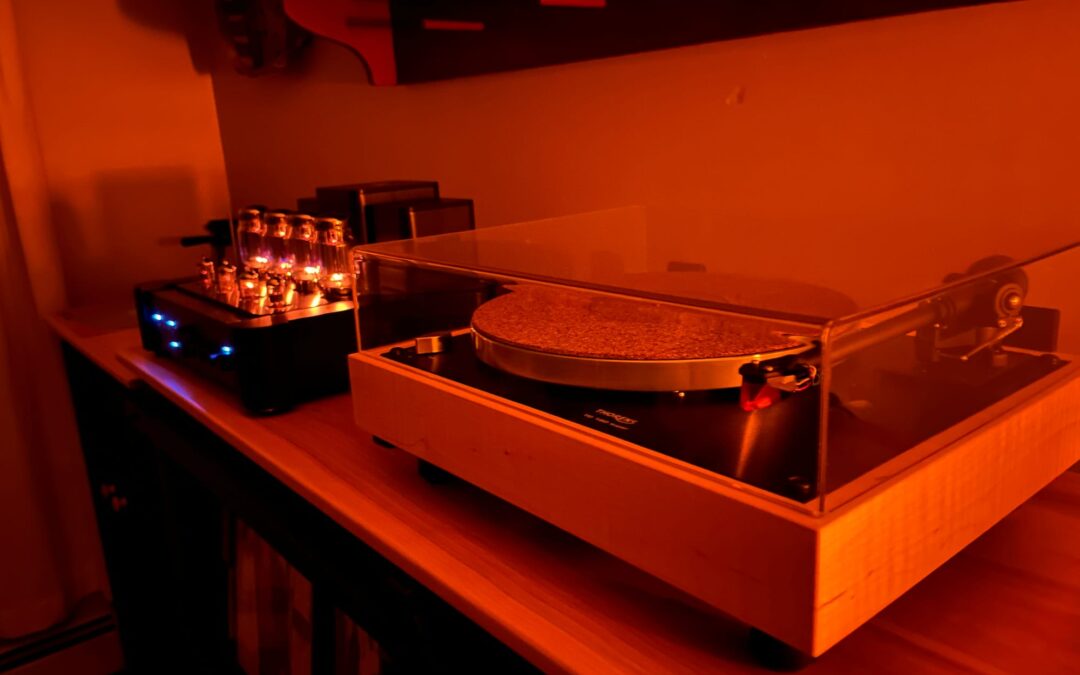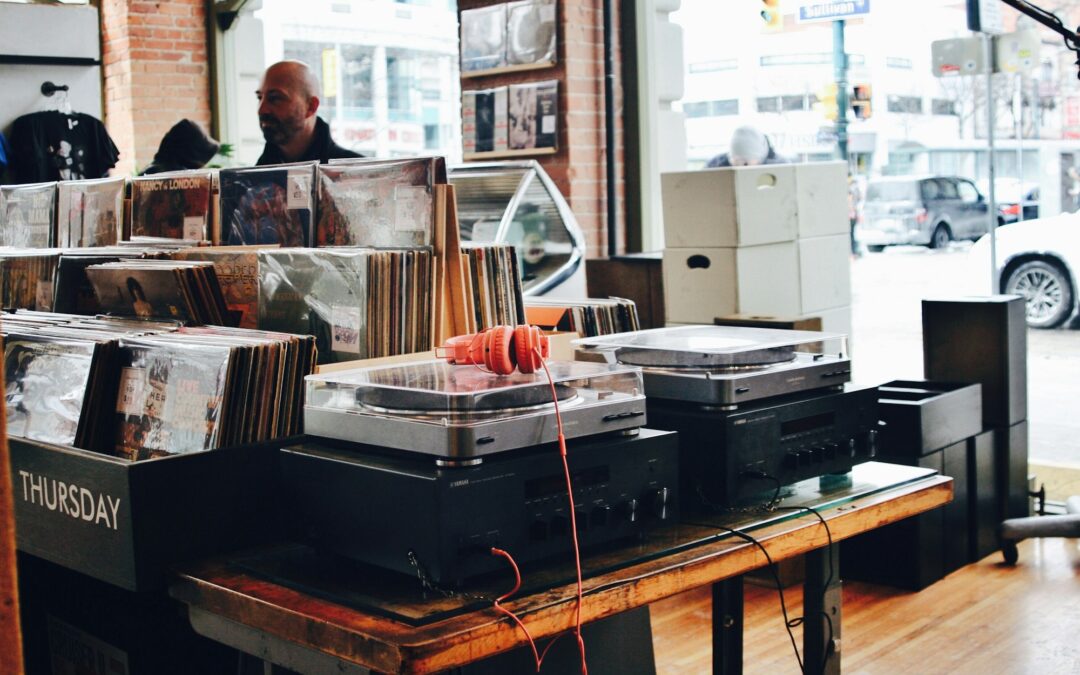Whether buying your first turntable or upgrading your present one, you’ll face many decisions. Not too long ago, I switched out my direct drive/internal preamp model for a belt-driven one with an external preamp. I had models on my wish list, and when it came time to compare features and reviews, I dove headfirst into a rabbit hole of indecision. It’s dark in there. For every great review, there’s a bad one. For every reason to choose a model, there’s a reason to cross it off the list. The only thing I was sure of, which helped shorten my list, was that I wanted a manual turntable instead of an automatic one. Automatic turntables certainly aren’t bad. I’ve owned both types, but there are reasons I enjoy the manual experience.
As I’ve said in previous posts, I’ll never tell you what you should do. My goal is to inform and share.
So, let’s start.
Automatic Turntables Will…
Take care of everything the moment after you push a button. You have to place the record on the platter; we don’t have robots to do that for us (yet!). But after pressing “start”, you can walk away, sit down, or even fall asleep. The turntable has your back. It will cue the tonearm to start playing, and when it reaches the run-out grooves, it will lift the tonearm and return it to its resting state.
Pretty convenient, right? It’s nice to know you don’t have to worry about your stylus tip spinning its life away on the inner grooves while you’re sleeping. Believe me, it’s happened to me. We had guests for dinner, so I put on a jazz record at low volume for everyone’s listening pleasure. After much conversation and a few drinks, I didn’t realize the side had ended. It was also so quiet I never heard it when we shut the lights off and went to bed. I didn’t know the record was still spinning until the following day – eight hours later. I was so freaked out that I immediately grabbed my laptop to buy a new stylus.
If that ever happens to you, you don’t have to buy a new stylus unless it’s near the end of its life (around 1000-1500 hours of playing time). I’m admittedly weird when it comes to my records and what touches them, and I get worse with age, too. I feel bad for those records I bought as a teenager before I knew what to do and especially what not to do. Fortunately, most of them survived my ignorance.
Are there downsides to automatic turntables? Possibly. There are more moving parts to contend with. The tonearm itself is connected to the platter, or else it wouldn’t “know” when to stop, which adds more overhead and chances for failure. It’s like those refrigerators with automatic ice-makers and digital displays. The more you add to a device’s primary function, the more that can go wrong and the more potential repair woes in its future.
There’s also the chance that all the extra mechanics affect sound quality. There’s a lot going on. Convenience almost always comes with a price. In this case, the reduction in sound quality is negligible.
Manual Turntables Will…
Do none of what I explained above. They won’t lift the tonearm for you or return it when the record is finished. You’re in the driver’s seat here. It’s up to you to lower the stylus to catch the lead-in groove. I made sure the custom model I ordered included a Cue lever to assist with this. I’m clumsy, and my fingers shake when I lower the stylus without one. The same goes at the end – thank the vinyl gods for Cue levers.
The claim that fewer mechanics increase sound quality makes sense. With manual turntables, there are fewer moving parts and fewer points of failure. Throw in a belt drive, and you’ve reduced the mechanics even further. When things do wear down, as all things must, the chance that you will hear the gradual entropic nature of the universe in action is reduced.
The Verdict is…
No verdict. What’s right for me doesn’t have to be right for you. We can all agree on the benefits of keeping your records clean and caring for both them and your stylus, but other than that, the rest is driven by personal preference. I like that when I choose to listen to a record, I intend to be present the entire time. If I’m going to be distracted by other things, I’ll wait until I can give it the proper attention. It’s an experience for me and one I like to engage in. I’m also all about simplicity. The more simple things are, the better I feel about them and the less I worry. But that’s me.
In the end, it’s all about you.
– READ NEXT –
Subscribe to The Joy of Vinyl Newsletter




